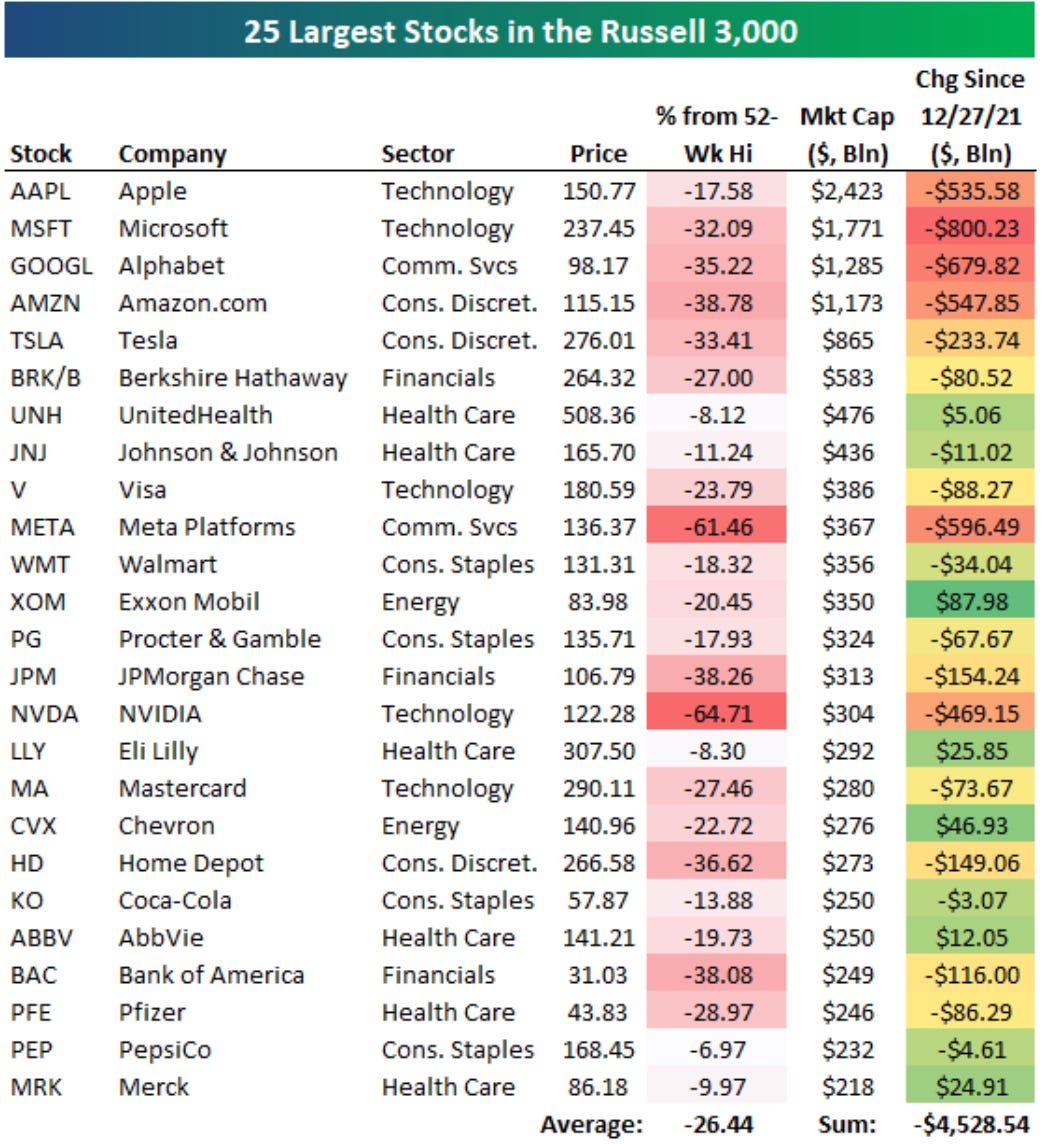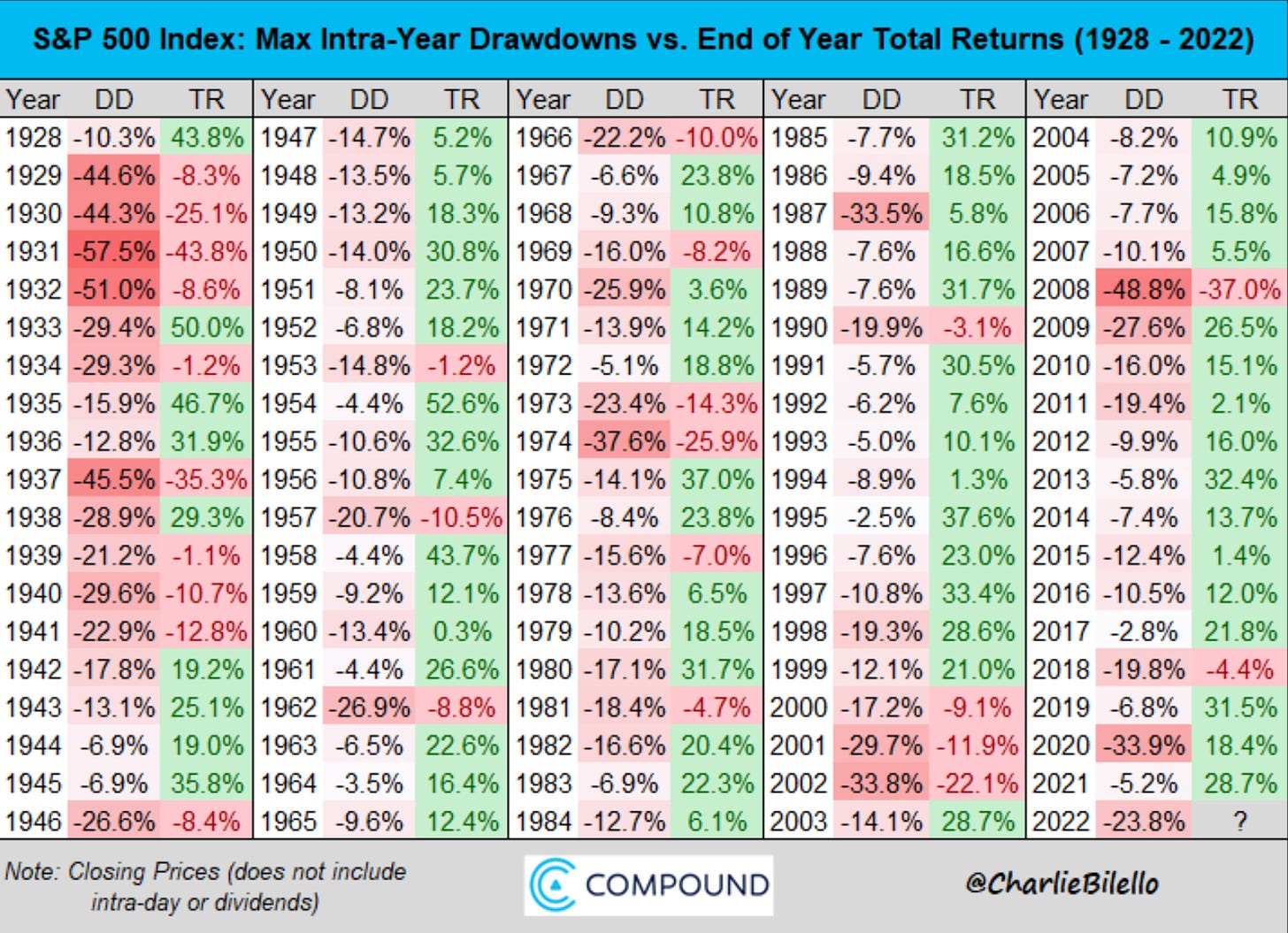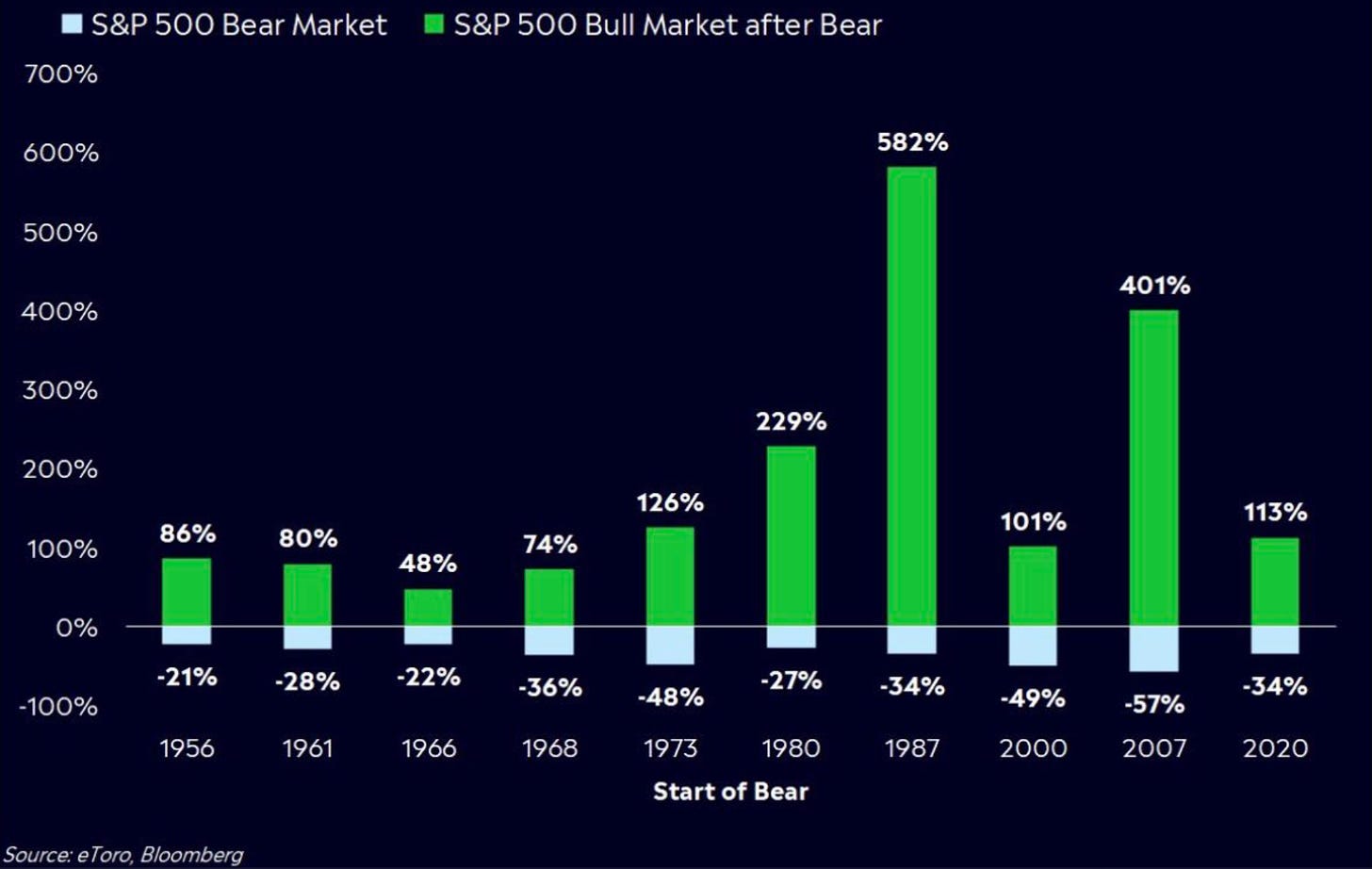Goodbye September! What is traditionally one of the worst months each year surely lived up to expectations. For the month, the S&P 500 was down 9.61% and now sits at 3,585. It has it’s sights right on the pre-Covid highs of 3,393. The Nasdaq was also down another 10.26% in September.
We’ve now seen the worst three week stretch for tech stocks since the pandemic. Even Microsoft (MSFT 0.00%↑) and Google (GOOGL 0.00%↑) have now made new 52-week lows. Some very good companies are starting to approach and even take out their Covid lows.
The stock market has been crushed, shipping freight rates have fallen through the floor, oil is almost back down to where it was two years ago, and lumber has retreated back to where it was two years ago. Mortgage interest rates are now over 7%, effectively putting the clamps on housing. The Fed’s aggressive and I think now bordering on overaggressiveness has froze up the economy.
October 13th is the next CPI number. Until then I’m not expecting any major movements up or down in the market unless of course some unexpected news comes out. My sights are set on the midterms in November. I get into that later on. But I really don’t see October being all that different than September. Unless the CPI print mid-month comes in better than expected. I’m really expecting inflation to start falling at some point soon. That would provide a nice boost higher.
Here is how the 25 largest stocks in the stock market have been doing. To see how far off the highs and how much has been lost in market cap by these companies is staggering.

I like to periodically show the chart below to emphasize that steep intra-year drawdowns are not uncommon. The average intra-year drawdown is 16.3%. In most years, the S&P 500 still ends up finishing the year in the green. If we stay in the red this year, it would only be the third negative year out of the past 20 years. Since 1928, the average return is still 10%.

Will Midterms Be the Catalyst?
Since 1939 there have been 20 midterm election years. From the date of the midterms, until July 1 of the flowing year, the S&P 500 has been positive in all 20 of them. Joe Terranova from Virtus did the work and the breakdown is below.

J.C. Parets also shared the following chart on the S&P 500 4-year election cycle. This year we are heading into the midterms during a big market slide. Prompting the possibility of a spike to the upside if we follow the history of election cycles.

When two respected people who you follow on the market both point out the same thing you pay attention. The midterms in the United States are on November 8th. I plan to be positioned for a midterms stock market spike, followed by the annual Santa Clause rally into year-end.
This also clearly illustrates that the stock market doesn’t care about political beliefs.
Things Have Gotten Cheaper
The S&P 500 as measured by the trailing 12-month P/E ratio has gone from very expensive to cheap. The 5-year average P/E is 22.9 and the 10-year average is 20.4. Right now it’s at 18.1.

Bill Introduced to Increase I Bonds
I’ve hit on I bonds twice in the past year. I covered them in my Investing Update in October and again in my Investing Update in May.
The I bonds topic spurred a lot of feedback, questions and thanks. Now I bring them up again, for what could be a positive development.
The U.S. Senate introduced a bill to increase the annual maximum purchase on I bonds from $10,000 to $30,000. Right now I bonds can currently be bought with an interest rate at 9.62% and that rate is set through October. In November the rate will reset.
Moves I’ve Made
S&P 500 Index (VFIAX) I said in my last Investing Update that my next buying point for me on the S&P 500 was the June lows. On Tuesday, as we broke through the June lows, I bought more of the S&P 500 just under 3,650. The next level I’m looking to add again is if we break through the pre-covid highs of 3,393.
Generac (GNRC 0.00%↑) I ended up getting stopped out of Generac. I had indicated that I was going to have a stop-loss in at $175 a share to limit my downside risk as this was a new position. This week it actually fell below $170 a share and seems to be caught up in the current oversold market conditions.
On the plus side, this week my whole house Generac generator was installed. Now I will be able to get a firsthand look at their product and technology. This is a name that will still be on my watchlist.
What I’m Watching
I’m starting to zero in on certain sectors that have been really beaten down that will eventually come back. I’m viewing them like what happened to oil during Covid. Oil sold off as if there would never be demand for it again. Then it came roaring back.
The new modern day oil is semiconductors. We saw what happened when production slowed down with semis, the world was pretty much on hold. This sector has been one of the most sold off and I already own Nvidia. But I'm watching the SMH 0.00%↑ as another possible play in this sector.
Mortgage rates have skyrocketed up to over 7%. The housing and real estate industry is under attack by the Fed continuing to raise rates. They’ve pivot so hard and fast that in time they’ll be decreasing rates. Housing and commercial real estate will gain steam again, so I’m watching the VNQ 0.00%↑
As I was finishing up this post I saw the perfect chart that illustrates why my line of thinking is like this and why I keep focused on the long term for when the bear market breaks.

The Coffee Table ☕
Michael Antonelli wrote a post entitled Survive and Thrive. In it he speaks about how to both survive and thrive in a bear market. Michael is a fellow Wisconsinite and someone who I really enjoy having conversations with. Be sure to check him out.
Michael Batnick did a post titled Back to Basics. He gives a really good snapshot of where the market is at and why. It’s hard to see the bull case right now, but that’s what lays the foundation for future returns.
Klement on Investing had an interesting post called R-E-S-P-E-C-T about workplace culture. He shows how data suggests there are other things more important than compensation, like the cultural factors and they now lead the way.
Jason Zweig wrote a piece in the WSJ, When Bad Things Happen to Good Stocks about how investing in quality stocks would seem like a good idea, but putting money into blue chip stocks hasn’t paid off either.
Thank you for reading! If you enjoyed Spilled Coffee, please subscribe and/or give a gift subscription for others.
Spilled Coffee grows through word of mouth. Please consider sharing this post with someone who might appreciate it.
Disclaimer: This is not investment advice. You should not treat any opinion expressed as a specific inducement to make a particular purchase, investment or follow a particular strategy, but only as an expression of an opinion. Do your own research.




